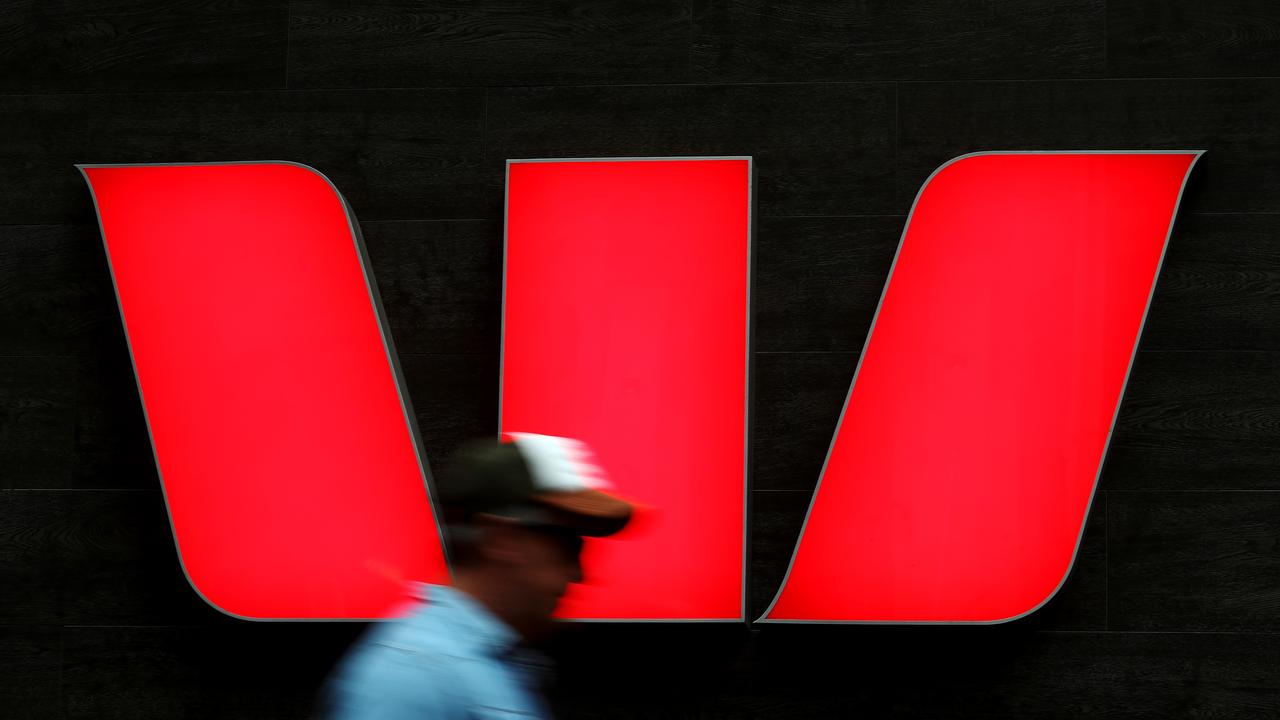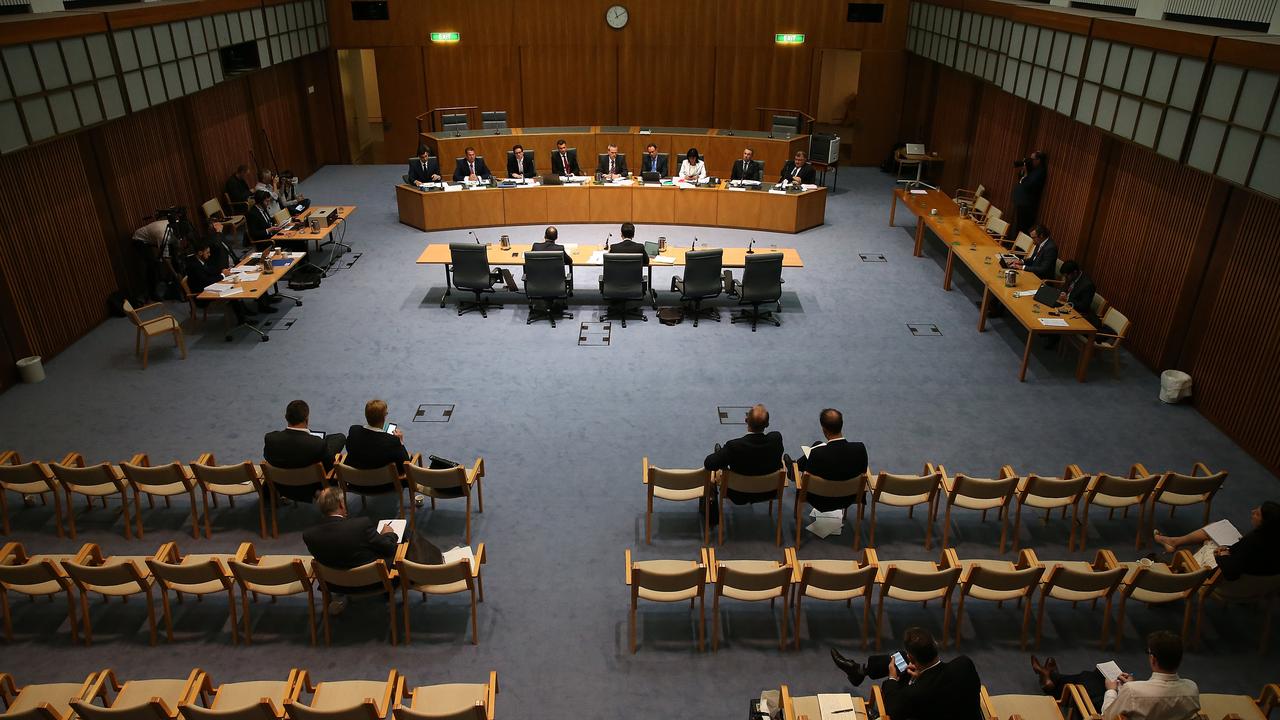Brace for more market turbulence
Whatever the Fed does next week, the lead up to Christmas promises to be an extremely volatile period for markets.

Markets have been roiled over the past month by conflicting views about the likely future of US interest rates expressed by various Fed officials, with both the hawks and doves presenting their cases as to why rates should and shouldn’t rise.
While it would appear that the number and conviction of those favouring a rise this year has strengthened, the market is heavily discounting the prospect of a Fed move when the open market committee meets next Wednesday and Thursday.
The odds on a December hike, however, have strengthened and are now a better than even-money bet.
It isn’t just the Fed that is causing jitters within bond and equity markets.
The European Central Bank’s decision to sit on its hands at its latest meeting earlier this month and mixed signals from the Bank of Japan about the future of its highly unconventional monetary policies have been interpreted by some as a central bankers’ recognition that they have virtually exhausted their armoury and that their policies are now having no meaningful positive impacts.
There is also a growing chorus of complaints from the financial services sector — banks, insurers, pension funds — that negative rates and flat yield curves are undermining their profitability and stability.
The turbulence in markets seems to reflect the risk that a significant moment in post-crisis monetary policies is looming and that the one-way, near-riskless bet for financial players created by ever-decreasing interest rates and central bank bond (and, in Japan, equities) buying might be ending.
The more nervous (more astute?) players are exiting for the sidelines and that is being reflected in the markets, with bond yields ticking up in the US and Europe — German 10-year bunds, previously in negative territory, have bounced back to positive levels over the past week and yields curves in the major economies are starting to steepen.
Equity markets have become more volatile, after a protracted period where there was no volatility, and the US stock market has fallen back from the record levels it reached last month.
The past few weeks have been likened to the markets’ “taper tantrum” in 2013, when it appeared the Fed was going to wind back the scale of its quantitative asset-purchasing program. Bond yields soared and equity markets tumbled.
It has the potential to be somewhat more violent than a tantrum, given that there would still be more than $US10 trillion of bonds with negative yields out there and equity markets and other financial asset markets remain inflated by the hunt for yield and return the central bankers deliberately ignited and have sustained even as risk premia evaporated.
It is curious that central bankers rarely refer to the financial market effects of their policies, even though the policies were designed to impact financial markets and risk-taking.
Their focus is on real economies.
The central bank for central bankers, the Bank for International Settlements, however, has increasingly warned of the unintended consequences of such a long period of unconventional monetary policies, including the build-up of risk in financial markets and the mountains of US dollar-denominated debt in developing economies that could generate a crisis if US rates and the US dollar were to strengthen.
Earlier this week, the head of the BIS monetary and economic department, Claudio Borio, gave a speech in Vienna in which he argued that financial stability considerations should be incorporated more systematically into monetary policy considerations, arguing that much of the analysis sceptical of financial stability-oriented monetary policy underestimated its benefits.
Through-cycle “leaning against the wind” strategies, he said, would allow monetary policy to play a bigger role in influencing both the probability and the costs of financial busts. If central banks were “leaning against the wind” today — trying to reduce the risk of financial asset bubbles — interest rates would be higher than they are.
Whatever the Fed does (or doesn’t do) next week, and whatever it says, the period between its September and December meetings is going to be a nervy one for financial markets.
Apart from the US presidential election, which has the potential to generate significant global instability of its own, speculation of a December rate rise and its effect on the US dollar will cause some volatility in markets.
Then there are the continuing emergence of other unintended consequences of the post-crisis responses of, not just central banks, but law makers and regulators.
There has always been a concern that the new regulations for banks, particularly those in the US, might impact their ability to supply liquidity support to markets during periods of acute volatility.
A new and more specific consequence of post-crisis regulatory reform has recently emerged and is manifesting itself in a spike in inter-bank lending rates and a quite dramatic shrinking of a traditional source of short-term funding for banks.
Next month, new US Securities and Exchange Commission rules for institutional prime and municipal money market funds come into effect. Where the funds, until 2008, when two funds “broke the buck,” had fixed net asset backing of $US1 a unit, they will now have floating net asset values and be able to suspend redemptions and impose liquidity fees.
The assets of the funds, traditionally a source of commercial paper funding for banks, have nearly halved over the last year, from about $US1.5 trillion (before the financial crisis they peaked at $US2.2 trillion) to less than $US800bn and there is an expectation that they might nearly halve again as the October 14 introduction of the new regime looms. The funds have been flowing into government-related debt, which isn’t subject to the new SEC rules.
Apart from a reduction in the availability of the short term funding, they provided for banks, and an increase in its cost, the impact on the rates on unsecured lending to banks (reflected in benchmarks like the London interbank offered rate, or LIBOR) has been substantial. LIBOR rates have soared to their highest levels since 2009.
Apart from the withdrawal of a source of short-term liquidity for banks and the market, a lot of interest rate derivatives are priced off LIBOR rates.
The coincidence of a LIBOR squeeze as the prime funds continue to sell and rising expectations of a December rise in US interest rates (assuming no increase next week) could generate a new set of unintended consequences from the actions that central banks and regulators have taken in their response to the events back in 2008.
Hear from Alan Kohler, Robert Gottliebsen, Stephen Bartholomeusz & John Durie at a special member Q&A. Find out more or book tickets here.






When the open market committee of the US Federal Reserve Board meets next week, what will be most important for financial markets and other central bankers is not what they do but what they say.